MI Power Cable, or mineral insulated cable, plays a vital role in the power system with its unique structure and material properties. Among them, the metal sheath is not only a part of the cable structure, but also provides a strong guarantee for the safe operation of the cable with its superlative thermal conductivity. This article will explore the thermal conductivity of the metal sheath of the MI cable in depth and conduct a quantitative analysis of it.
1. Importance of thermal conductivity of metal sheath
In MI cable, one of the main functions of the metal sheath is as a medium for heat conduction. When heat is generated inside the cable due to the passage of current, the metal sheath can quickly conduct this heat to the external environment, thereby preventing the cable from being damaged by overheating. Therefore, the thermal conductivity of the metal sheath is directly related to the safety and reliability of the cable.
2. Quantitative indicators of thermal conductivity
In order to quantify the thermal conductivity of the metal sheath, we usually use the physical quantity of thermal conductivity (also known as thermal conductivity) to measure it. Thermal conductivity refers to the heat transferred per unit time, per unit temperature gradient, and per unit area, and its unit is W/(m·K). The larger the thermal conductivity, the better the thermal conductivity of the material.
3. Measurement of thermal conductivity of MI cable metal sheath
For the measurement of thermal conductivity of MI cable metal sheath, the steady-state plate method or hot wire method is usually used. In the steady-state plate method, the metal sheath sample is clamped between two constant temperature hot plates, and the thermal conductivity can be calculated by measuring the temperature difference on both sides of the sample and the heat passing through the sample. The hot wire method is to bury a hot wire inside the metal sheath, and calculate the thermal conductivity by measuring the temperature distribution inside the sample after the hot wire is heated.
4. Factors affecting the thermal conductivity of MI cable metal sheath
The thermal conductivity of MI cable metal sheath is affected by many factors, including material type, purity, crystal structure, temperature, etc. For example, stainless steel, as a commonly used metal sheath material, its thermal conductivity is closely related to the composition and processing technology of the material. In addition, temperature is also an important factor affecting thermal conductivity. Generally speaking, as the temperature increases, the thermal conductivity of the material will also change.
5. Summary
Through the quantitative analysis of the thermal conductivity of MI cable metal sheath, we can have a deeper understanding of its important role in the safe operation of cables. In order to ensure the reliability and safety of the cable, we need to fully consider the thermal conductivity of the metal sheath during the design and manufacturing process and take corresponding measures to optimize its performance.

 English
English русский
русский 简体中文
简体中文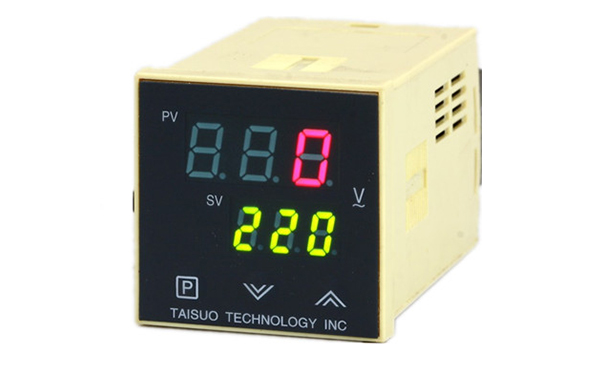
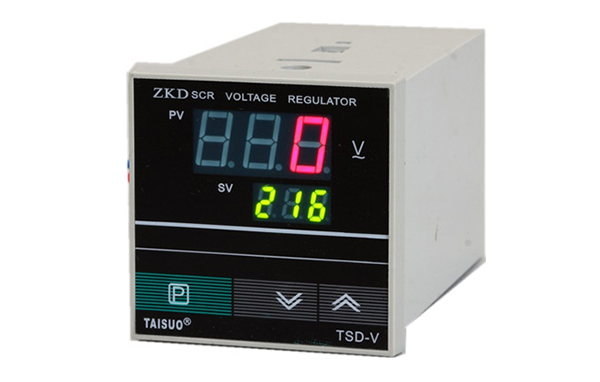
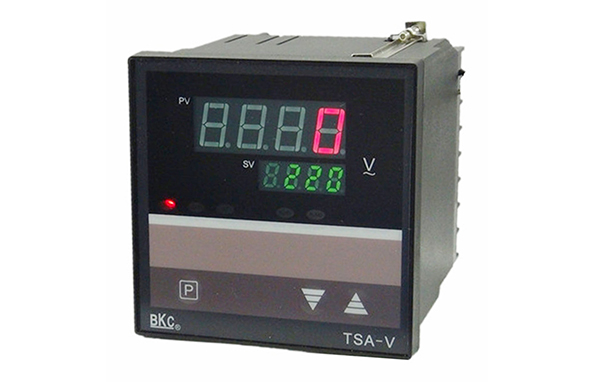


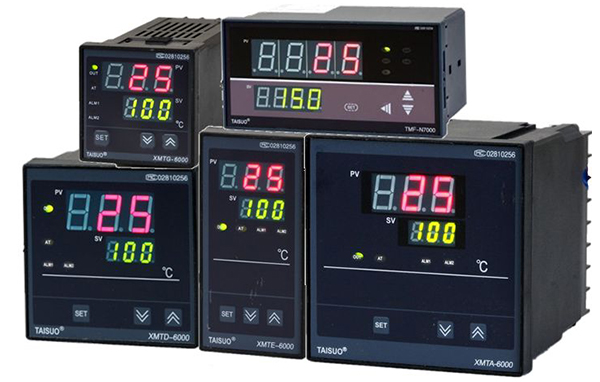
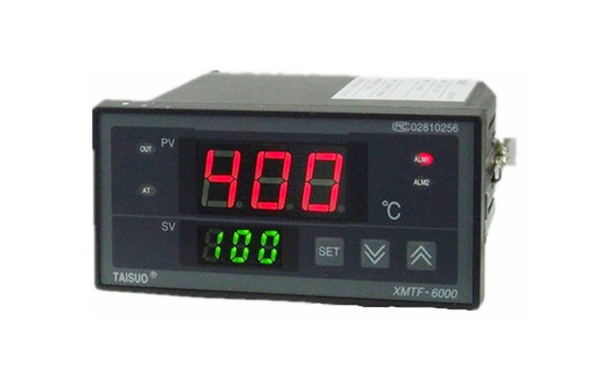
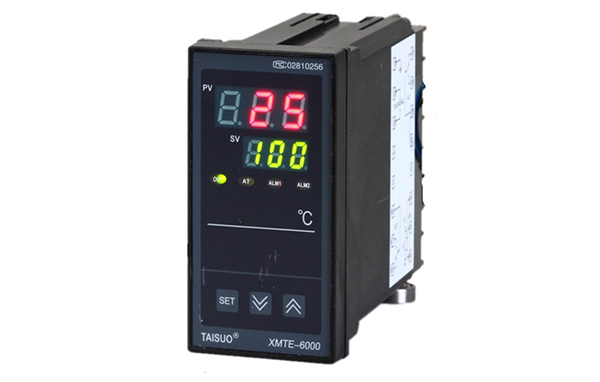
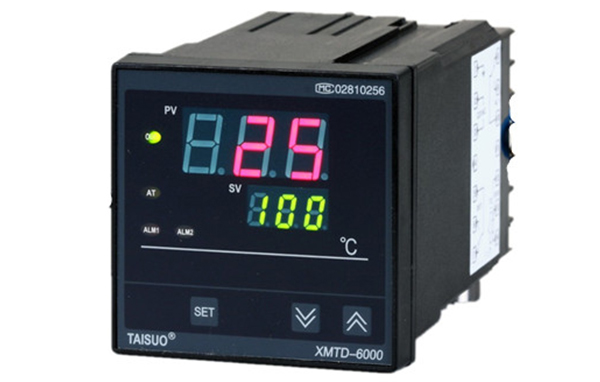

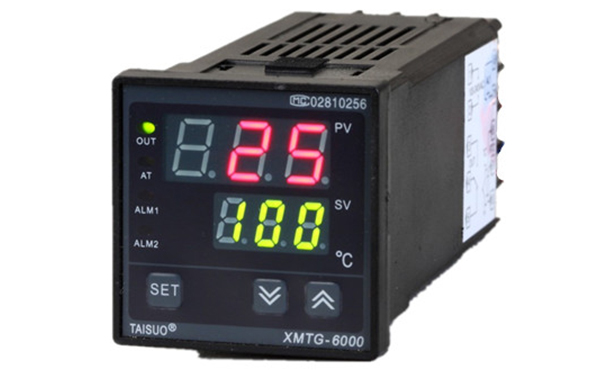


 Ins: tai_suo
Ins: tai_suo

